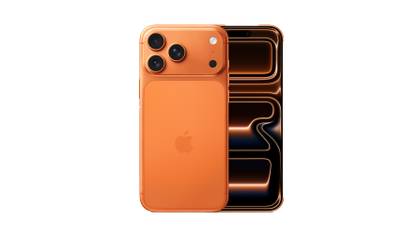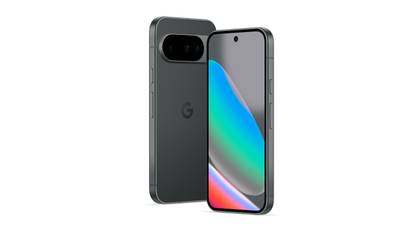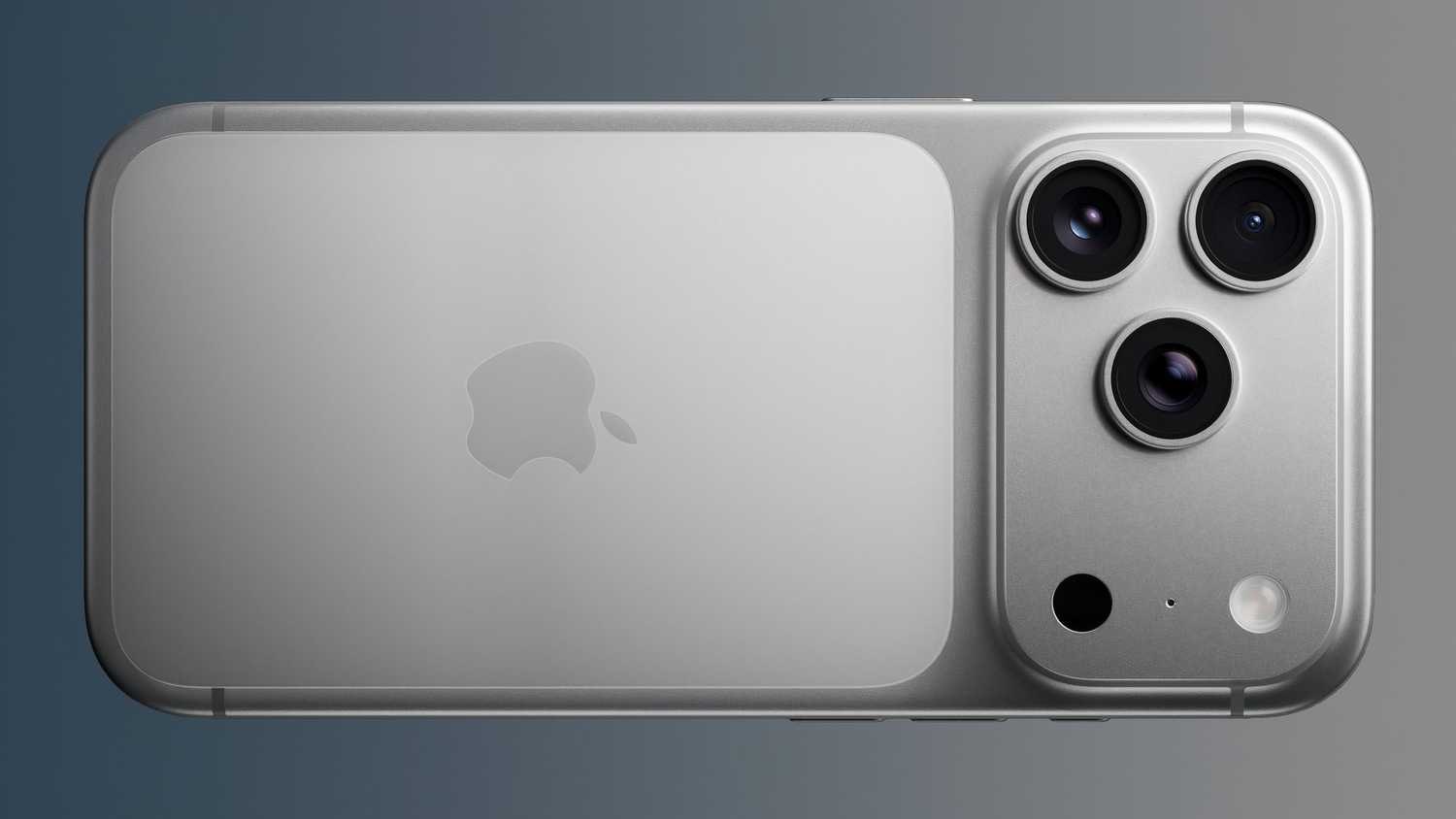Summary
- Both Google and Apple announced smartphones with improved telephoto performance.
- Telephoto cameras are more useful for the average smartphone photographer.
- These telephoto lenses are only possible because of things like periscope optics and software improvements.
The recent launch of the Pixel 10 and iPhone 17 are a good illustration of Google and Apple’s diverging ideas about smartphones. While both companies made interesting new smartphone lineups, they’re clearly focused on different things. Google is leaning on AI and the vast amount of information its services know about you to sell smartphones that are similar to last year. Apple, meanwhile, is redesigning its software, but otherwise avoiding AI in favor of alluring new smartphone hardware.
One place the companies seem to agree is the necessity of a telephoto camera. Both the iPhone 17 Pro and Pixel 10 introduced new telephoto cameras this year, one for the very first time in the case of the Pixel, while the iPhone 17 Pro offers up to 8x zoom through sensor cropping for the first time. This likely reflects what smartphone owners prefer, but also seems like a culmination of the software and hardware work that got us here.
Apple’s and Google’s new telephoto offerings
Zoom season has arrived
While both companies believe their customers can reap the benefits of a good telephoto camera, they’re taking slightly different approaches to actually offering it. The Pixel 10’s telephoto camera seems mostly like a way to add value to Google’s entry-level smartphones. Historically, a three-camera array was exclusive to Pro Pixels, but with the Pixel 10 lineup, every phone has one. Unfortunately, the Pixel 10’s telephoto camera doesn’t offer the same level of quality as the Pixel 10 Pro’s 48-megapixel f/2.8 telephoto camera. Instead, you only get the 10.8-megapixel f/2.2 telephoto featured on the Pixel 9 Pro Fold. That’s not necessarily a problem, considering the lens wasn’t available at that price before, but it’s worth noting.
In the case of the iPhone, Apple only offers 2x zoom on the entry-level iPhone 17, but the new 48-megapixel telephoto design of the iPhone 17 Pro allows it to offer up to 8x zoom, or the equivalent of a 200mm lens, through a combination of hardware and software trickery (in brief, the larger sensor size allows Apple to crop its image without losing as much detail).
That seems much more useful than the ultrawide lens on the back of most modern smartphones.
This new emphasis on telephoto performance could be explained for a variety of different reasons. Companies love to make a change just because, look no further than Apple changing up the arrangement of the iPhone’s cameras multiple years in a row. But it’s just as likely that Google and Apple are responding to well-documented user behavior. The average person does just as much, if not more, zooming while taking a photo than they do, switching to an ultrawide for a landscape shot. Apple is appealing to pro users looking for more performance, sure, but the new direction the company is taking with its front-facing camera is a good illustration of where a wide-angle lens works best: group selfies.
The new Center Stage Camera on the iPhone 17 lineup uses a square sensor that can automatically frame or reframe a photo depending on how many people are in a shot, switching from vertical orientation to portrait without making you rotate the phone. That seems much more useful than the ultrawide lens on the back of most modern smartphones.
The smartphone telephoto camera is built on hardware and software innovation
Shrinking a giant lens to pocket size
That telephoto shots are possible on a smartphone at all is thanks to a collection of hardware and software breakthroughs. The telephoto, sometimes telescoping lenses used to capture zoomed-in shots on a traditional camera, are often gigantic because of the physical limitations of the optics on hand. You’d never fit one of those lenses in the compact body of a smartphone. It’s taken the adoption of periscope lenses, major software improvements to digital zooming, and a more flexible definition of what zoom is, for telephoto cameras to become common on smartphones.
Periscope lenses swap the long lens barrel of a normal telephoto with a series of prisms and mirrors that bend light across the body of a smartphone. Software features like Google’s Super Res Zoom have also gone a long way to improve the quality of zoomed in shots on smartphones by doing more with less. Super Res Zoom combines multiple captures at different zoom levels and exposures along with a cropped shot from a Pixel’s higher-megapixel sensor to create an image with more detail than it would normally have at a higher level of zoom.
Super Res Zoom actually relies on a certain amount of shakiness to capture more light information, so don’t worry about holding your hands perfectly still.
These different methods simulate an optical zoom rather than wholly recreating it, but they’re convincing enough, and importantly, better than what was available before. That’s enough for most people to make their smartphone stand toe-to-toe with a DSLR or a point and shoot.
Smartphones shouldn’t be able to do this
Telephoto cameras are more of a utility than ultrawide shooters
Even if you don’t see the utility of being able to take better photos from a further distance away, there’s an undeniable magic to a good smartphone telephoto camera, because it feels like it shouldn’t be possible.

- Brand
-
Apple
- SoC
-
A19 Pro
- Display
-
6.3-inch 1206 x 2622 pixel resolution Super Retina XDR OLED, 120Hz, HDR10, Dolby Vision, 1000 nits / 1600 nits peak brightness
- RAM
-
N/A
The iPhone 17 Pro is Apple’s next-generation flagship smartphone, with a new aluminum unibody design, a full-width camera plateau, the A19 Pro chipset, and a 6.3-inch display.
If you’re curious about Apple and Google’s new smartphones, Pocket-lint has coverage of both the iPhone 17 and the Pixel 10. And if you’re trying to improve your smartphone photography skills, Pocket-lint has a guide that can get you taking better pictures on your phone.

- Brand
-
Google
- SoC
-
Tensor G5
- Display
-
6.3-inch Actua Display 1080 x 2424 pixel resolution OLED (60-120Hz)
- RAM
-
12GB
Google’s Pixel 10 features the tech giant’s new Tensor G5 chip and a three-camera setup for the first time that includes a 10.8-megapixel telephoto camera.
Trending Products

Thermaltake V250 Motherboard Sync A...

CHONCHOW LED Keyboard and Mouse, 10...

SAMSUNG 27″ CF39 Series FHD 1...

HP Stream 14″ HD BrightView L...

HP Latest Pavilion 15.6″ HD T...











